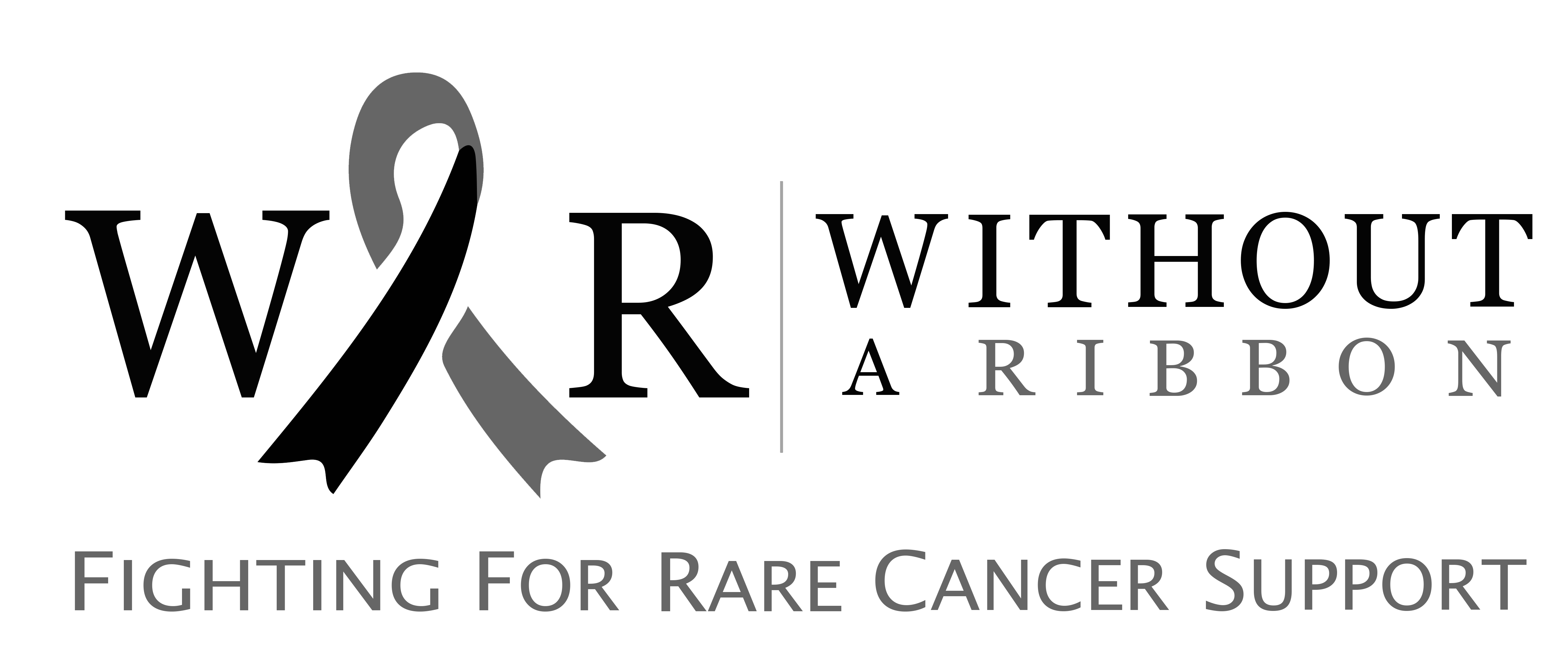What is Small Cell Carcinoma of the Ovary, Hypercalcemic Type (SCCOHT)?
Small Cell Carcinoma of the Ovary, Hypercalcemic Type (SCCOHT), is a rare and highly aggressive form of ovarian cancer. This subtype predominantly affects young women and is frequently associated with hypercalcemia, or elevated calcium levels in the blood.
Disease Epidemiology
- SCCOHT is an exceptionally rare cancer, accounting for less than 0.01% of all ovarian cancers.
- While it can occur at any age, most diagnoses are made in women around the age of 24.
Causes
The development of SCCOHT is associated with several genetic and molecular factors:
1. Gene Mutations:
- Mutations in the SMARCA4 gene are the primary cause.
- These mutations may arise spontaneously in the tumour or be inherited.
2. Family History:
- Inherited mutations in the SMARCA4 gene increase the risk, making family history a significant factor.
3. Gene Regulation Issues:
- Dysfunction of the SWI/SNF complex, which regulates gene activity, is closely linked to SCCOHT.
Signs and Symptoms
Common symptoms of SCCOHT include:
- Abdominal pain.
- Abdominal swelling.
- Nausea and vomiting.
- Presence of a lump or mass in the abdomen.
- Constipation.
Diagnosis
Diagnosis involves a combination of genetic, pathological, and imaging techniques:
1. Genetic Testing:
Identifies heritable mutations in the SMARCA4 gene.
2. Immunohistochemistry (IHC):
SMARCA4 staining is a key diagnostic method.
3. Serum tumour Markers:
Help assess the presence and progression of the cancer.
4. Imaging Techniques:
Ultrasound, CT scans, MRI, and X-rays: Identify the tumour’s site, size, and extent.
5. Pelvic Examination:
Includes a detailed examination of the vagina, cervix, uterus, and ovaries using a speculum.
Treatment Options
Treatment for SCCOHT typically involves a combination of surgical and therapeutic approaches:
1. Surgery:
Removal of the affected ovary or complete removal of the ovaries, fallopian tubes, uterus, and nearby pelvic lymph nodes if required.
2. Chemotherapy:
Often used to target and destroy remaining cancer cells after surgery.
3. Radiation Therapy:
May be employed in certain cases to control or reduce tumour growth.
4. Supportive Therapy:
Focuses on managing symptoms and improving quality of life.
You can help us with your donation:
Without a Ribbon is a charity that works hard to aid those who suffer from rare cancers. You can help our cause in a variety of ways:

